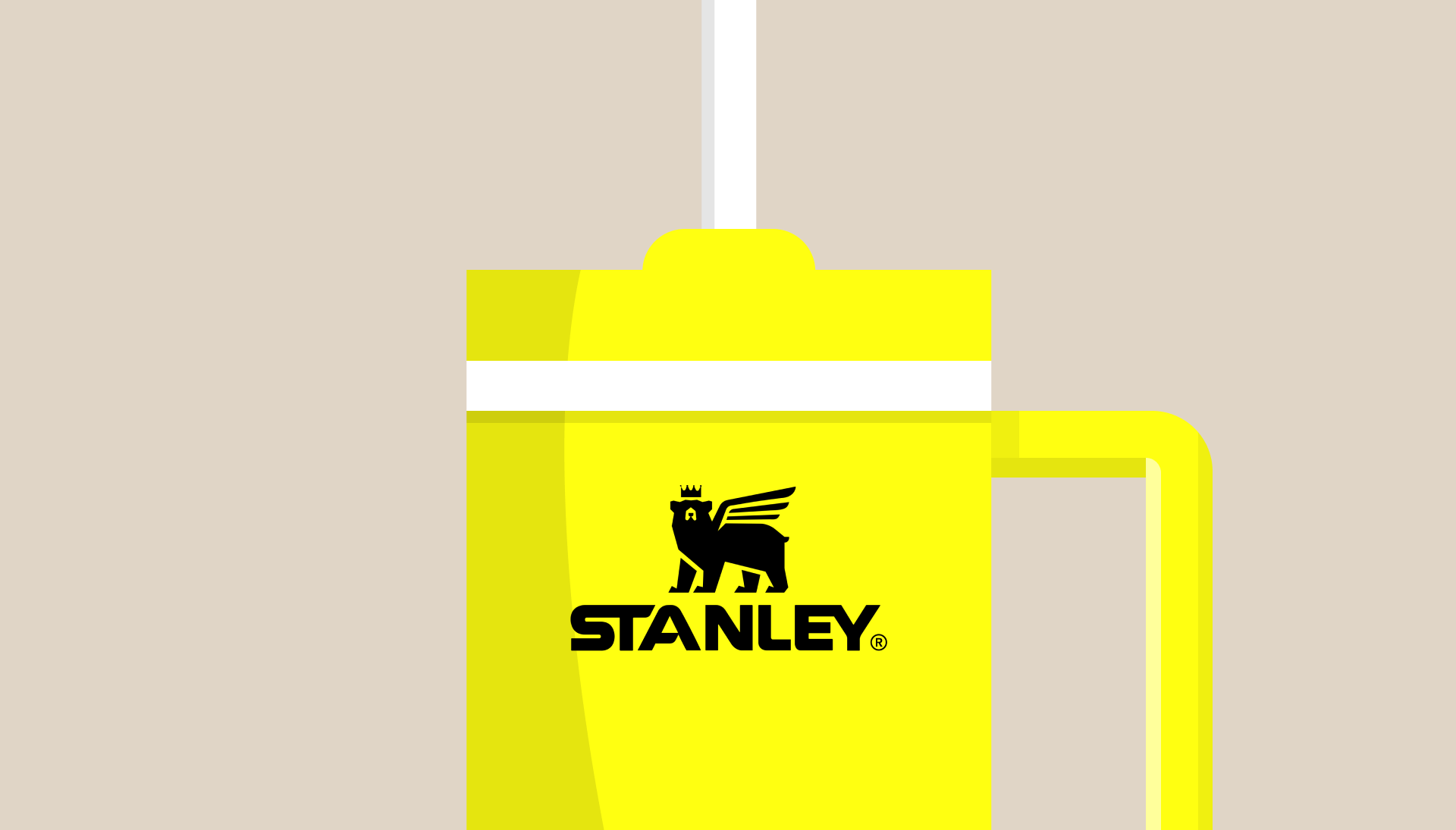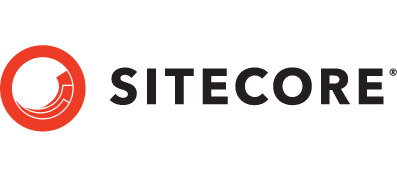Since mentioning the ‘cost per reach trap’ in a recent post, we’ve had quite a few people asking us to cover it in greater depth. So, here goes. Let’s start with a bit of background.
New digital channels have dramatically driven down the cost of reaching a mass audience, making it relatively cheap and simple to saturate a market completely. But if you saturate a market without understanding how social and programmatic display platforms attribute a conversion, it’s easy to fall into a trap.
Marketers or campaign managers working in a silo (without the benefit of the big picture) can optimise themselves into a corner. They often spend vast sums of money without delivering any actual results.
This isn’t to say that programmatic channels don’t work, they can deliver phenomenal results – if used correctly. They just have to be managed wisely as a moving part within your marketing machine, rather than a silo in isolation.
So what’s the problem?
Marketers can be put in a position where all of their online conversions get attributed to paid activity, despite no meaningful increase in the total number of conversions.With the rise of programmatic digital media, cost per reach has become extremely cheap, particularly in selected social and display channels.
For example, say you’re using a single channel. If you put a single impression in front of every person who has the potential to become your customer, according to that channel’s measurement, 100% of your sales should be attributed to that impression.
But not every impression, play or click is meaningful, and unfortunately the platforms you use can’t tell the difference between what’s meaningful and what’s not. As a result, if your media is optimised to get the best conversion rates at the lowest cost, eventually all of your activities will move towards maximum reach.
What does this mean for me?
At the moment, the cost per reach trap probably won’t affect many Australian businesses, unless they:
- Have substantial budgets active in a digital channel
- Target a niche audience on an ‘always on’ basis
- Put a disproportionate amount of budget into retargeting
- Don’t have conversions deduplicate across channels
- Use long look back windows to attribute conversions
If your marketing mix currently involves any of the above, you might want to keep reading.
How can I find out if this affects me?
If you’re concerned that you’ve fallen into the cost per reach trap there are a few simple things you should look out for. Keep your eyes peeled for:
- Steady decline in total conversion numbers despite good conversion rates and cost per acquisition from paid activity
- No increase in conversion numbers when extra budget is added
- No drop in conversion numbers when budget is tightened
- An unusually long average conversion latency (the lag between first touch and conversion) for your category
Make sure you take into account seasonal factors and latency. The effect of adding or removing activity from market can take some time to filter through the funnel, depending on your product.
These signs alone won’t prove you have a problem, but they’ll indicate you should look at things more closely.
If you haven’t already, start a measurement framework and review your channels. As much as hard KPIs like conversion rate and cost per acquisition are important, optimising solely towards these metrics is what causes the cost per reach trap.
Take a broad look at the sources of data you have available. Next, look to add data that will give you a more holistic view. This will focus on the part which the channel plays in the greater scheme of things.
Think about using the following metrics and dimensions in a report:
- Total conversions (year on year, month on month, period on period)
- Percentage of total conversions from paid activity
- Campaign reach vs size or targeted audience
If you see total conversion numbers stagnating with no market or seasonal explanation, or see both the ‘percentage of total increase and reach’ vs ‘target audience’ approach 80%, its time to review your strategy.
I think I’m trapped. How can I fix it?
If you have fallen into the cost per reach trap, don’t panic. The good news is it’s a problem that can only occur because you’ve been too good at your job of optimising media. It’s just that the set of KPIs you’ve optimised against was incomplete.
Make sure you can deduplicate conversions across channels like search, social, display, mobile and online TV to ensure you’re not falling into the same trap in multiple channels. Once confirmed, get into the raw data and review your conversion path strings, looking at the timing between actions.
From there consider adjusting your look back window or frequency caps. You can then restructure your campaigns and media targeting to reflect your actual customer segments, rather than using big buckets encompassing huge audiences.
Once you’ve done this, follow best practice and run A/B tests with your new campaign structure in a test market. Then finally, monitor your results, roll out across all markets and get back to optimising towards your new all-inclusive goals.
It’s nice to be free.


















